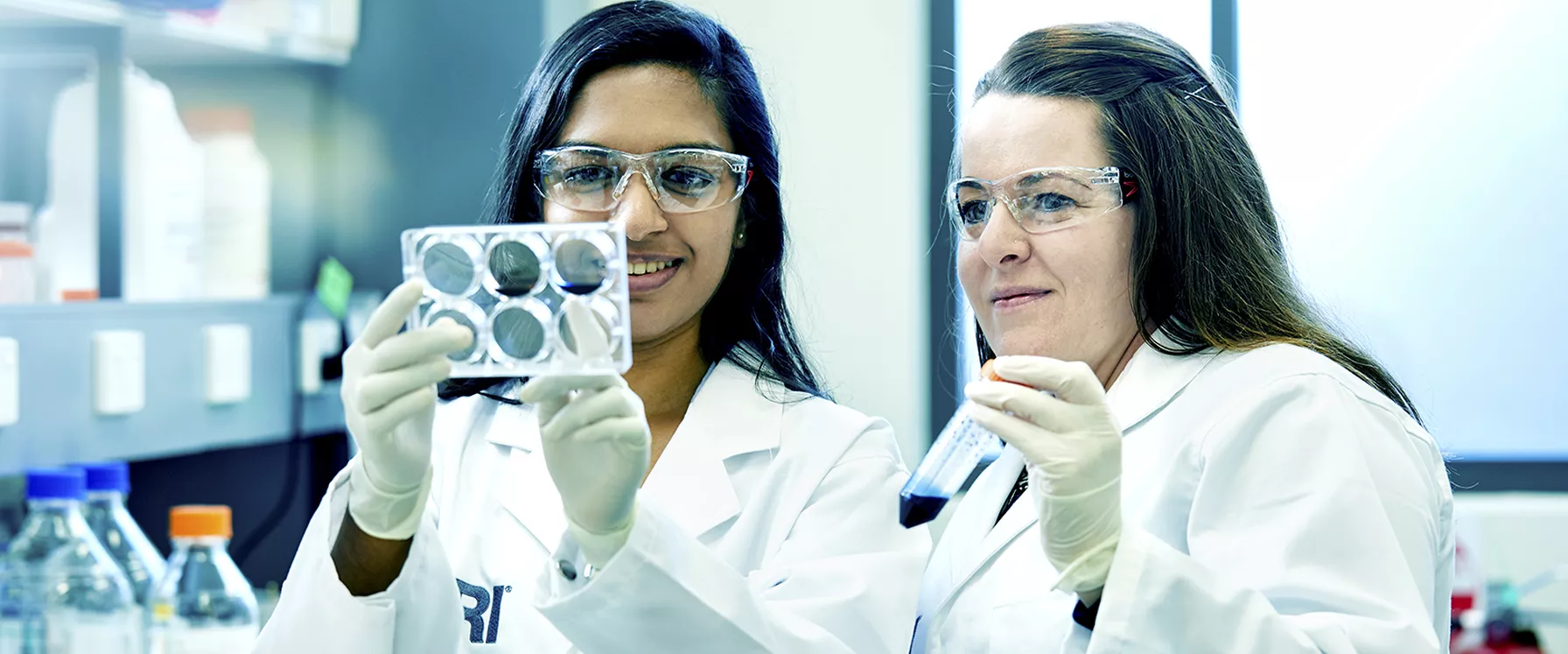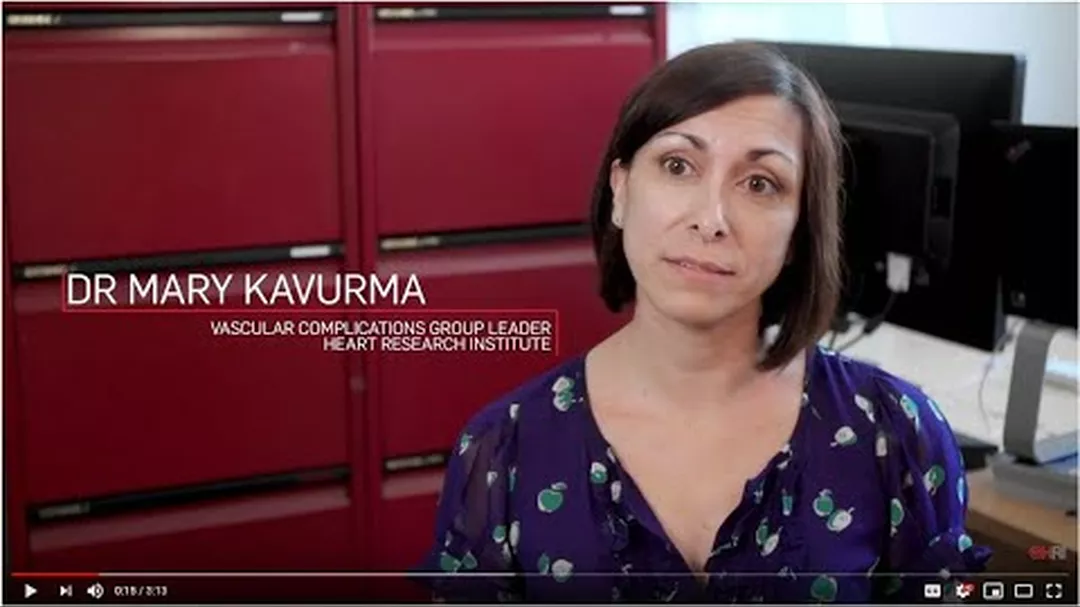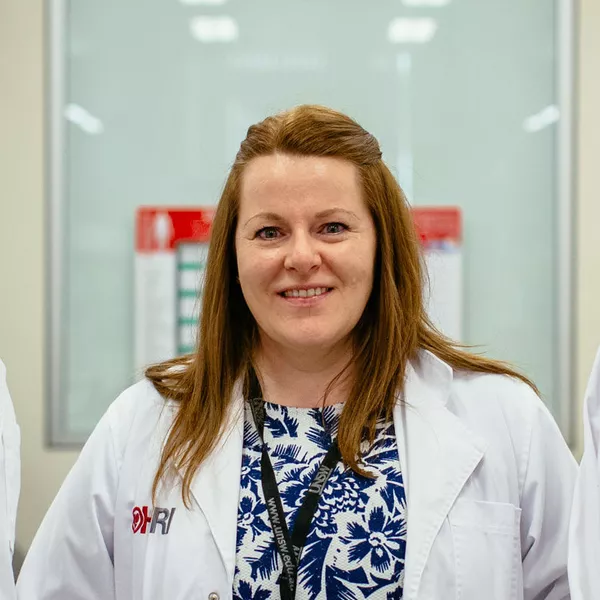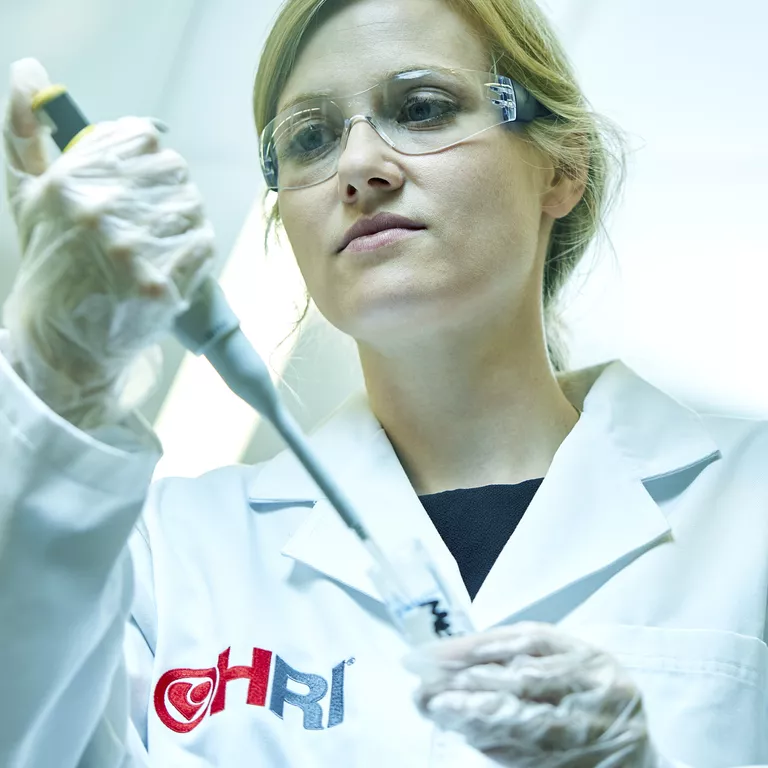
Cardiovascular disease (CVD) affects one in every six Australians – meaning over 4.2 million people and their families have felt its terrible consequences.
The disease can manifest in many ways, including heart attack, stroke and peripheral artery disease (PAD).
In PAD, blood flow to the limbs is reduced due to narrowed arteries. When circulation is cut off, the limb develops gangrene and starts to decay and die. There is no cure for gangrene. The only treatment option is to amputate the affected limb to prevent the gangrene from spreading further in the body.
People with type 2 diabetes are three to four times more likely to develop cardiovascular conditions, including PAD, placing this additional group of 850,000 Australians at risk of limb amputation as well. Shockingly, every three hours in Australia, one person has an arm or leg amputated due to PAD. With one Australian developing diabetes every five minutes, this rate will continue to climb.
In addition, diabetes-related amputations and associated costs place a $875 million burden on the Australian healthcare system every single year.



